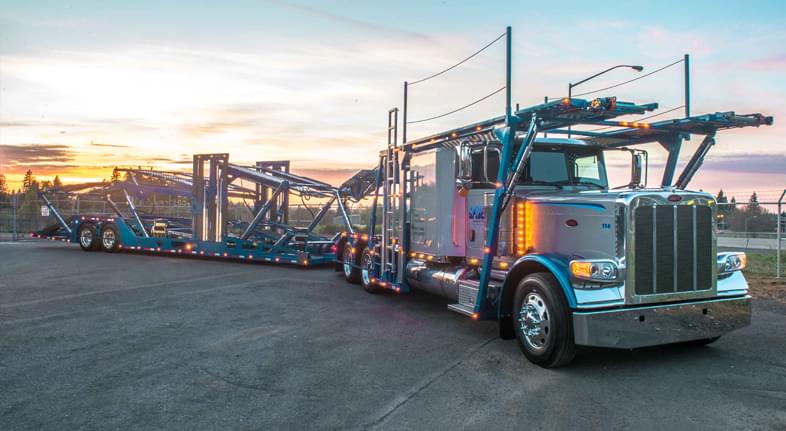Welcome to this comprehensive guide on transporting vehicles within the state of Ohio Transportation of Vehicles within Ohio. Whether you need to relocate your personal vehicles or are a commercial carrier, it is essential to understand the regulations and best practices involved in vehicle transport.
This article will cover all the important aspects of vehicle transport in Ohio such as necessary permits, vehicle requirements, types of carriers and more. By the end, you will have a clear idea of how to safely and legally transport vehicles within Ohio.
Permits Required for Vehicle Transport
Different types of permits may be required depending on the vehicle being transported and the nature of transport operations. Below are some of the commonly required permits:
Intrastate Authority
An Intrastate Authority (IS Authority) permit from the Public Utilities Commission of Ohio (PUCO) is required if you are transporting vehicles for-hire solely within Ohio borders. This applies whether transporting commercial or personal vehicles. The permit allows commercial transport of up to 10 vehicles at a time.
Interstate Operating Authority (USDOT Number)
An Interstate Operating Authority from the USDOT is needed if you transport vehicles across state lines, even if the transport originates and terminates in Ohio. It allows for-hire transportation of vehicles in interstate commerce. Along with the operating authority, drivers also need a Medical Examiner’s Certificate.
Overweight/Oversize Vehicle Permits
Special permits from the Ohio Department of Transportation are required if a vehicle being transported exceeds size or weight limits set by the state. Common reasons for needing these permits include transporting large trucks, equipment, boats or other oversized cargo.
Vehicle Transport Regulations
In addition to permits, all vehicles transported within Ohio must adhere to certain equipment, inspection and driver requirements.
Vehicle Inspections
The transport vehicle or trailer used to haul other vehicles must pass an annual Commercial Motor Vehicle (CMV) safety inspection. Drivers also need to conduct a daily pre-trip inspection to ensure all lights, brakes, suspension and other components are in good working order before each transport job.
Transportation of Vehicles within Ohio – Equipment Specifications
| Item | Requirement |
| Ramps/Ramp Door | Must be in good condition with non-slip surfaces |
| Tiedowns | Strong nylon straps or chains of adequate length to securely tie each vehicle |
| Signage/Lighting | Clear markings, flashing amber lights for slow/stopped vehicles |
Transportation of Vehicles within Ohio – Driver Requirements
- Hold a valid Class A or B CDL depending on vehicle size
- Complete ongoing training as required by employer/regulations
- Follow all safety protocols like wearing seatbelts, avoiding distractions etc.
Types of Carriers for Vehicle Transport
There are different kinds of carriers that provide transportation services for vehicles within Ohio.
Transportation of Vehicles within Ohio – Authorized Private Carriers
Individuals or companies that transport vehicles they own but also offer transport services to others on a for-hire basis. They require an IS/PUCO authority to transport vehicles other than their own.
Automobile Dealerships
Dealerships regularly transport new/used vehicles between their lots, to auctions and customer locations. Their drivers/fleets need proper licensing from state vehicle transport authorities.
Transportation of Vehicles within Ohio – Independent Brokers
Independent operators running small fleets that co-ordinate vehicle transport jobs between other brokers, shippers and receivers. They sub-contract transport services as needed.
Large Transport Companies
Established national carriers with large fleets, warehousing facilities and the capacity to handle multi-vehicle shipments efficiently across long distances daily.
Transportation of Vehicles within Ohio – Best Practices for Safe Vehicle Transport
Following some key best practices can help ensure vehicles are transported safely within Ohio:
- Use experienced, properly licensed and insured carriers
- Inspect vehicles fully before loading and secure with strong tie-downs
- Equip transport vehicles with sides, roof and locking rear doors for security
- Avoid transporting during rush hours or extreme weather conditions if possible
- Confirm delivery timeline and provide tracking to maintain shipment visibility

